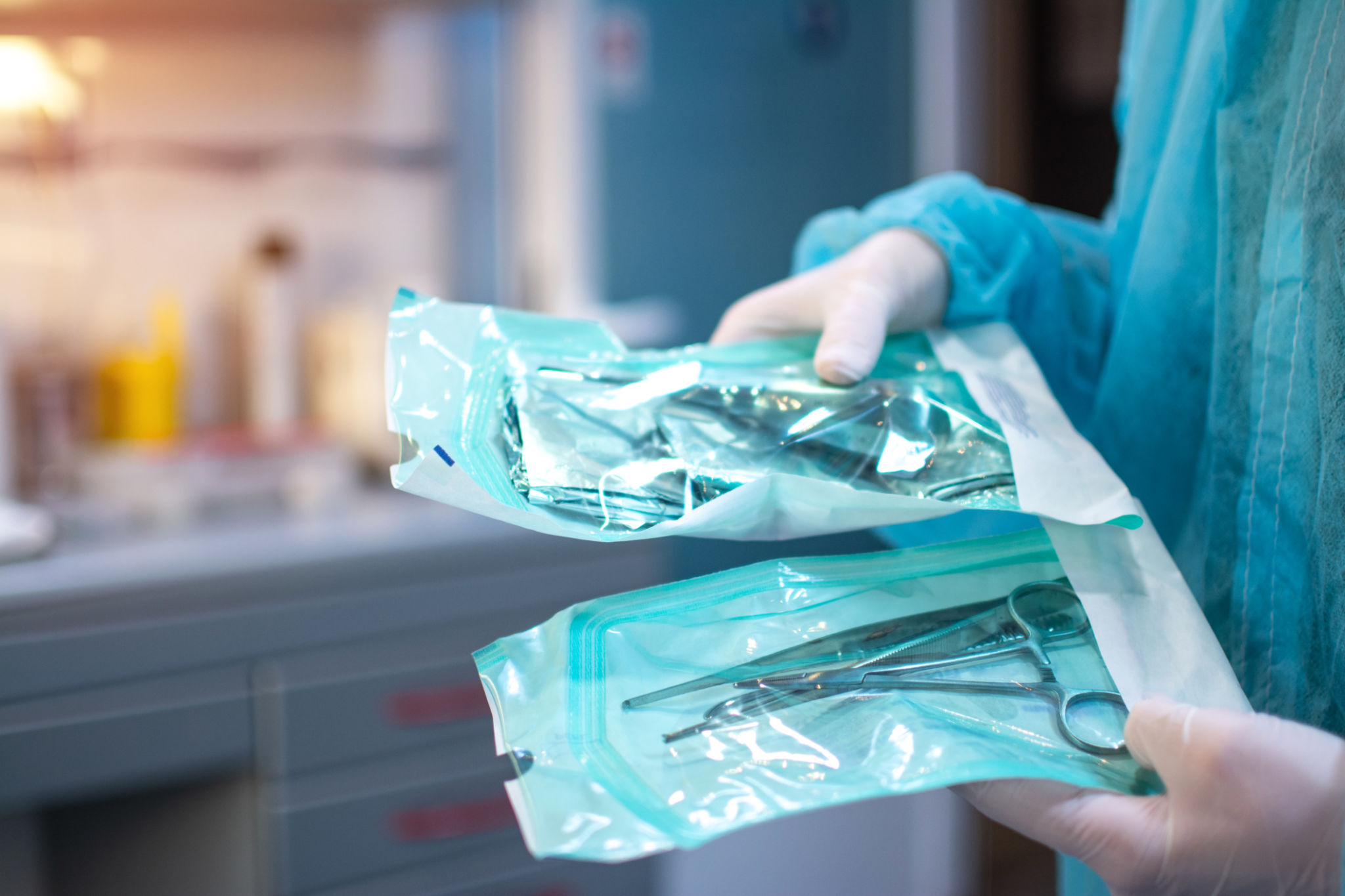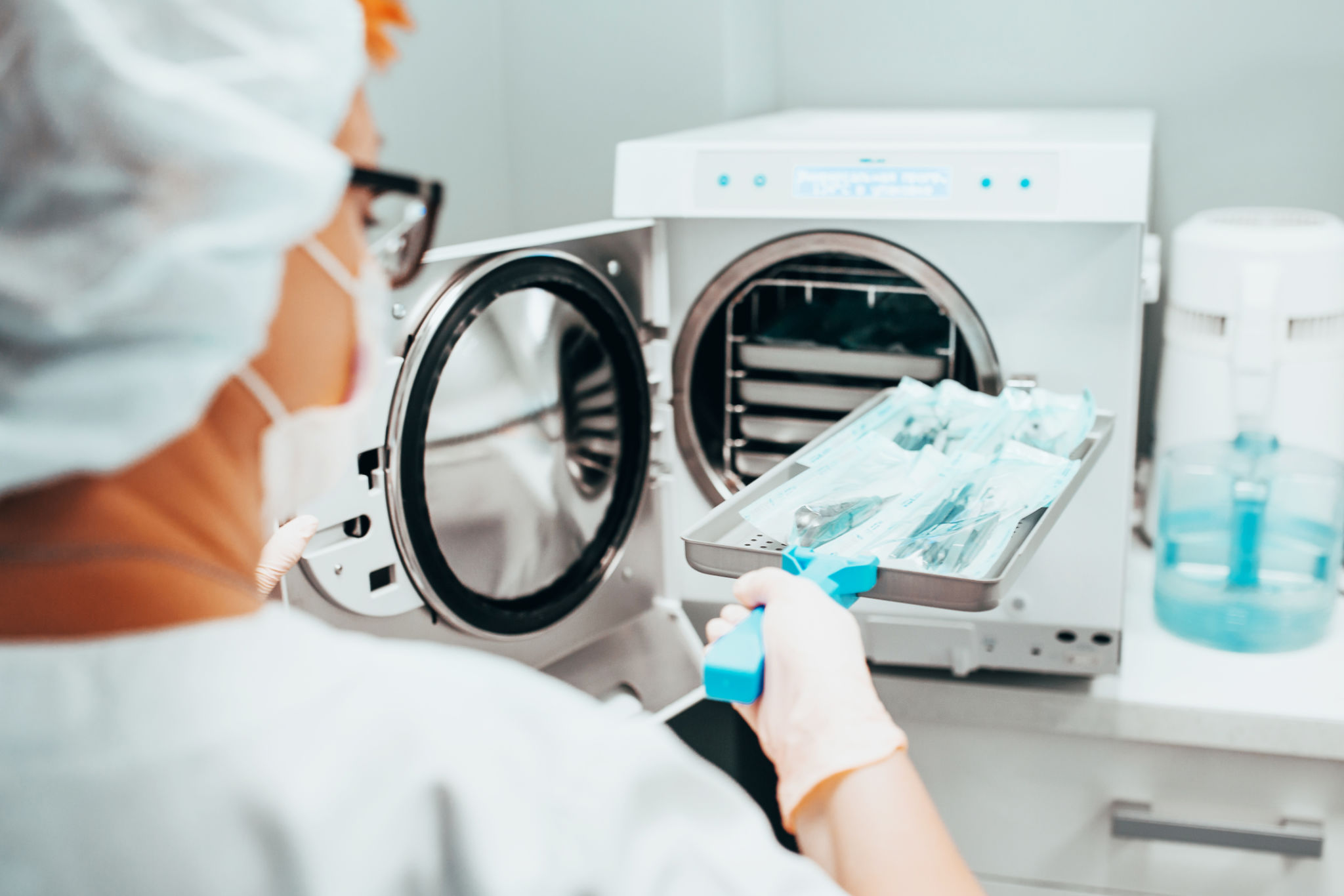How to Ensure Effective Equipment Sterilization in Your Miami Medical Facility
Understanding the Importance of Equipment Sterilization
Ensuring effective equipment sterilization in your Miami medical facility is crucial for maintaining patient safety and preventing the spread of infections. In a city that thrives on healthcare excellence, staying ahead with best practices in sterilization is not just beneficial—it's essential. Sterilization eliminates all forms of microbial life, including bacteria, viruses, fungi, and spores, from the surface of instruments and equipment.

Developing a Comprehensive Sterilization Protocol
Creating a detailed sterilization protocol is the foundation of effective infection control. Begin by categorizing equipment based on their usage and contact with patients. This will help in determining the appropriate sterilization method for each type. Common methods include steam sterilization, ethylene oxide gas, and chemical sterilants.
Ensure that all staff members are well-trained in these protocols. Regular training sessions and updates about new sterilization techniques or technologies can enhance your facility's overall hygiene standards. A well-informed team is the backbone of a successful medical practice.
Utilizing Modern Sterilization Equipment
Investing in modern, high-quality sterilization equipment is a significant step towards maintaining a sterile environment. Autoclaves, for instance, are widely used in hospitals and clinics for their efficiency and reliability in steam sterilization. Ensure that your facility's equipment is regularly serviced and maintained to prevent malfunctions that could compromise sterilization.

Additionally, consider incorporating advanced technologies like plasma sterilizers or ultraviolet (UV) light systems for more efficient processing. These options can provide quicker turnarounds and are often more environmentally friendly.
Monitoring and Quality Assurance
Effective equipment sterilization goes beyond just following procedures; it involves constant monitoring and quality assurance. Implement a monitoring system that includes biological indicators, chemical indicators, and physical monitors to assess the efficacy of sterilization processes. Regularly scheduled audits can help identify any lapses in protocol adherence and provide opportunities for improvement.

Maintaining a Sterile Environment
A sterile environment is essential for effective equipment sterilization. Regular cleaning and disinfection of all surfaces, alongside proper ventilation systems, play a crucial role in maintaining sterility. Ensure that all staff adhere to personal protective equipment (PPE) guidelines to further minimize contamination risks.
Create a culture of accountability where every team member takes responsibility for maintaining cleanliness and hygiene standards. This culture is vital for long-term success in infection control.
Staying Updated with Industry Standards
The healthcare industry is constantly evolving with new research, technologies, and regulations. Staying updated with the latest industry standards and guidelines ensures your facility remains compliant and continues to provide top-notch care. Subscribe to industry journals, participate in workshops, and engage with professional networks to keep your knowledge current.
By implementing these strategies, your Miami medical facility can uphold the highest standards of equipment sterilization—ensuring safety for both patients and healthcare providers.
